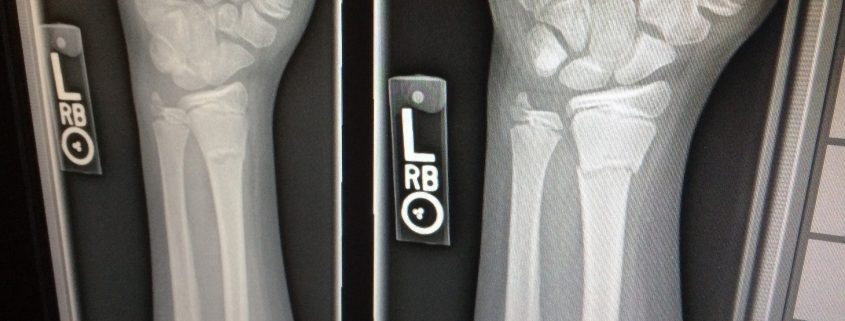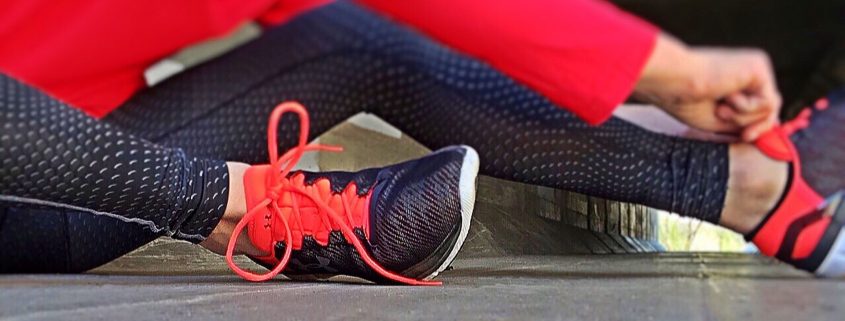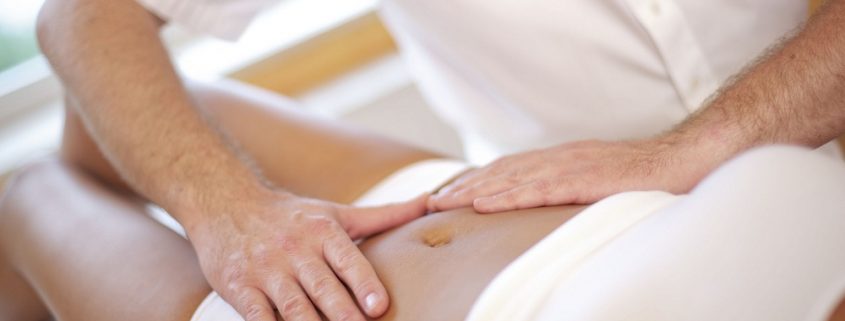Posts
https://physiotherapyactiverehab.com/wp-content/uploads/2016/11/mechanics-737816_1920.jpg
1279
1920
Physiotherapy Advanced Rehab
https://physiotherapyactiverehab.com/wp-content/uploads/2019/05/logo.png
Physiotherapy Advanced Rehab2016-11-01 13:29:082019-06-25 23:26:38What does compression have to do with tendonitis?
https://physiotherapyactiverehab.com/wp-content/uploads/2016/10/x-ray-1273382_1920.jpg
1440
1920
Physiotherapy Advanced Rehab
https://physiotherapyactiverehab.com/wp-content/uploads/2019/05/logo.png
Physiotherapy Advanced Rehab2016-10-24 12:14:342018-02-19 12:24:18My test results look bad! Should I worry?
https://physiotherapyactiverehab.com/wp-content/uploads/2016/10/fitness-1348867_1920.jpg
1079
1920
Physiotherapy Advanced Rehab
https://physiotherapyactiverehab.com/wp-content/uploads/2019/05/logo.png
Physiotherapy Advanced Rehab2016-10-24 12:13:562018-02-19 12:34:58How do I keep in shape while I'm injured?
https://physiotherapyactiverehab.com/wp-content/uploads/2012/08/back-pain.jpg
998
1000
Physiotherapy Advanced Rehab
https://physiotherapyactiverehab.com/wp-content/uploads/2019/05/logo.png
Physiotherapy Advanced Rehab2012-08-21 16:42:042018-02-19 12:44:40The Importance of Exercise in Dealing with Back Pain
https://physiotherapyactiverehab.com/wp-content/uploads/2012/08/sports-injuries.jpg
635
1000
Physiotherapy Advanced Rehab
https://physiotherapyactiverehab.com/wp-content/uploads/2019/05/logo.png
Physiotherapy Advanced Rehab2012-08-21 16:35:082018-02-19 12:45:28Treatment of Lower Limb Sports Injuries
https://physiotherapyactiverehab.com/wp-content/uploads/2012/08/physiotherapy-massage.jpg
666
1000
Physiotherapy Advanced Rehab
https://physiotherapyactiverehab.com/wp-content/uploads/2019/05/logo.png
Physiotherapy Advanced Rehab2012-08-21 16:29:002018-02-19 12:46:24An In-Depth Look Into Physiotherapy Training and Its Practice
Scroll to top






